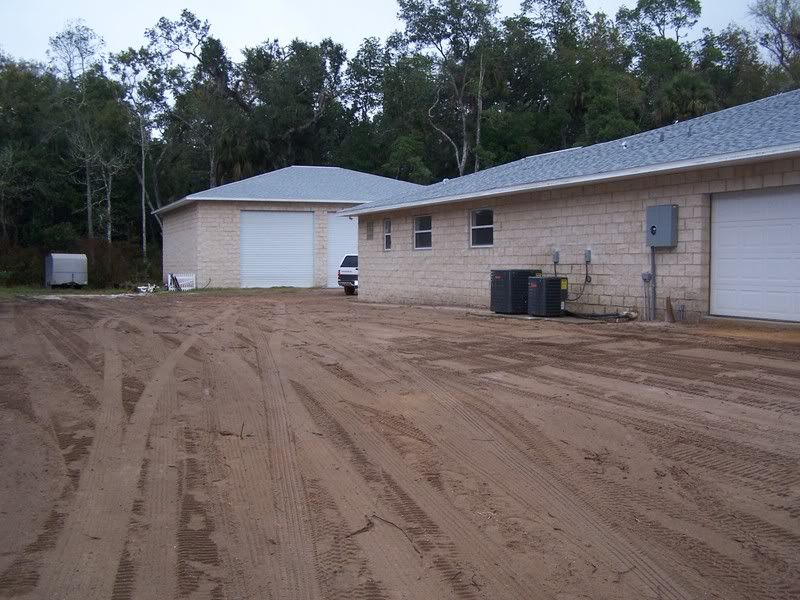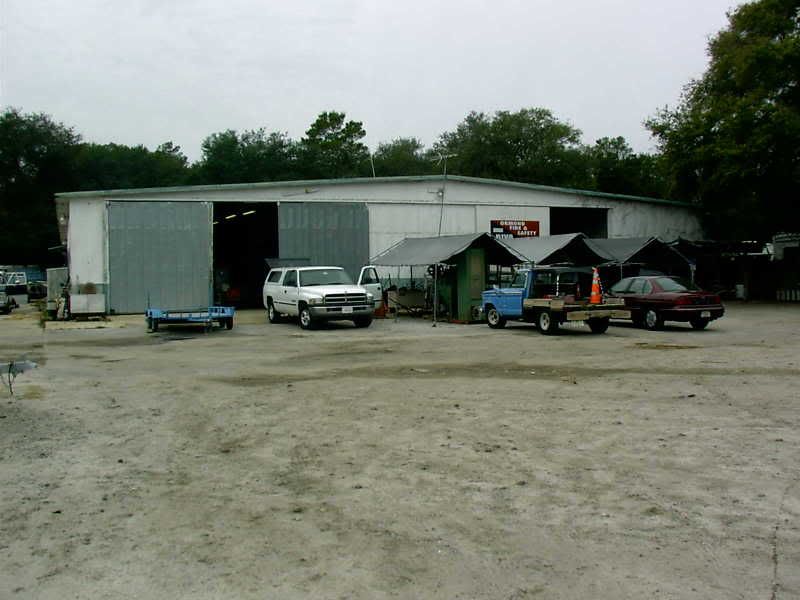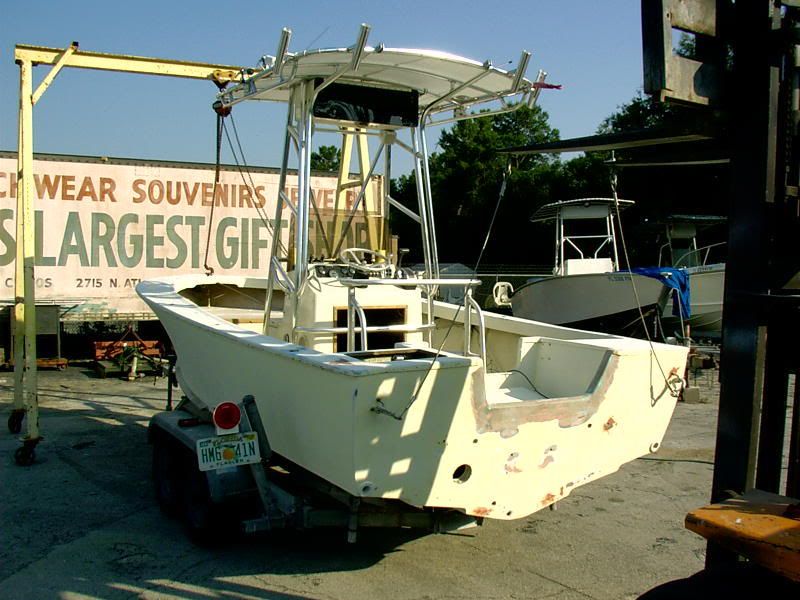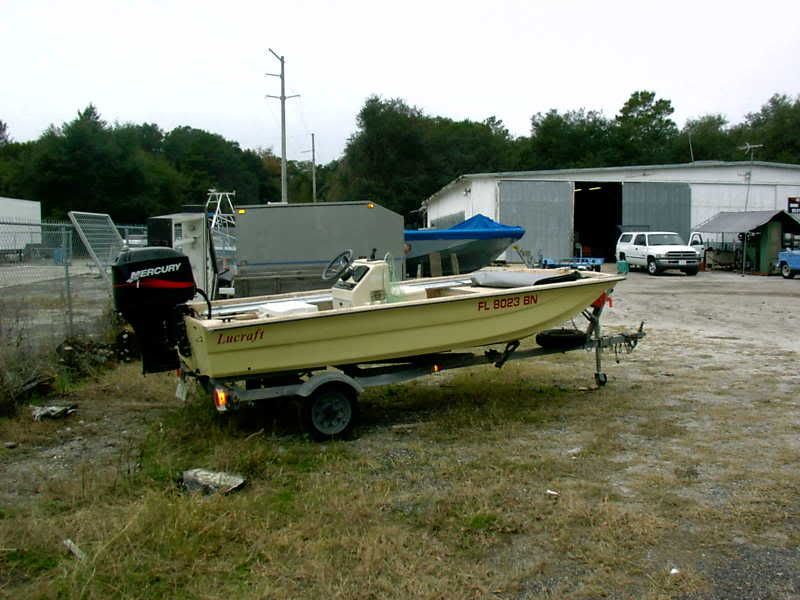
 |
|
#21
|
|||
|
|||
|
I've compiled a couple of spreadsheets comparing specs on the new motors and some performance data from prop trials on my boat that I can send if you want to send me your e-mail address.
__________________
'72 SeaFari/150E-Tec/Hermco Bracket, owned since 1975. http://i188.photobucket.com/albums/z...Part2019-1.jpg |
|
#22
|
|||
|
|||
|
[QUOTE]
[QUOTE] Quote:
__________________
www.fiberglassman.com |
|
#23
|
|||
|
|||
|
Fiberglassman, I can tell you with what was done to my engine before it even saw water was extensive!!
The intake was drilled, dremeled & polished, the carbs were re-jetted, reed valves were replaced with Boyson reeds. The lower unit was re-geared, the heads were shaved, etc, etc, etc. I still only turn 5800rpm WOT. I did not do the low water pick-up from Bob's, We felt there would be to much blow out, out of the hole. The cavatation plate sits 1 3/4 inches above the bottom of the hull. After all these years I still only have 650 hours on the engine, knock on wood, No problems. Fuel economy is good if I can keep from standing on the throttle. My problem is I love speed and there is always a boat that tests me from time to time. I have the top end when I need it. It surprises some of the go fast boats when they try to blow by me...... See ya, Ken PS: As Mr. Mosely stated at Anclote these hulls were designed to be run hard and fast, and they do live up to that statement!!!!!
__________________
See ya, Ken © |
|
#24
|
|||
|
|||
|
Ken,
Maybe I am not following you here, but how can you run the engine with the cavitation plate so high? Under usual circumstances isn't it usually close to level with the bottom of the keel? Are you able to do this because of your prop from outer space? Peter
__________________
http://i113.photobucket.com/albums/n...iseacraft3.jpg |
|
#25
|
|||
|
|||
|
Quote:
the bottom of the hull. We squeezed it to prevent blow-out Do not forget my tabs are 9 x 24 inch Bennett's. The only thing in the water when I'm WOT is the tabs and the boat is chine walking, believe me it gets spooky. The last thing I want to do is go end over end. The "Bones" does best when there is a 2 ft chop on full plane. If you look at my T-Top my fabricator lowered the leading edge. Just to keep me from going airborne. I was lucky enough to have been in a Marina situation in our old warehouse in Ormomd Beach for over 15 years. I was surrounded by experts in Mercs and Aluminum fabriation. The old warehouse was 10,000 sq ft of nothing but rehabs on all types of boats. The old warehouse which was built in the late 40's had succumbed to dry wood termites and had to come down, hence the 5 acres I sit on now to house my collection of restored boats.   Which includes a 1964 16ft LoneStar, 1974 14ft Lucraft, 1977 15 Whaler, 20ft SeaCraft SF, and a 1969 12 ft Starcraft.   These 2 were the last redo's before demolition. Ken
__________________
See ya, Ken © |
|
#26
|
|||
|
|||
|
Ken,
Thanks. As you probably know I have twin 200 Yamaha 0X66's on a 23 footer & full flotaiton bracket. Also, I have 12" x 12" Bennett tabs, each with two actuators. The boat came with SWS SS 21" pitch x 14 and 7/8 diameter props. At the sea trial the surveyor told me to move up the engines 1 to 2 notches, plus consider going to 19" pitch props. The ride was not too good in the beginning. I pulled the boat out of the water and verified that the tabs were not working. I fixed them (low voltage on the fuse block). Also, I went to a 19" pitch x 15.25 diameter prop. These two things made a big difference. The ride got a lot better. The only negative is that while the RPM's went up (from 5200 to 5400) the WOT went down from about 52 MPH to 50 MPH. Also, gas consumption got a little worse. next thing I got greedy and raised the engines two notches. Seems to be at least one notch two much as I am spinning up water when i am on plane. I am going to throw on the old props and do a couple of other things before I move the engines back down either one or two notches. Right now my cavitaiton plates are about 1.5 inches above the bottom of the hull (as they line up to the hull & not to the bottom of the keel). I thought that this would be fine as they are two feet behind the hull. Just looking for answers & help. Thanks Peter
__________________
http://i113.photobucket.com/albums/n...iseacraft3.jpg |
|
#27
|
|||
|
|||
|
Quote:
__________________
www.fiberglassman.com |
|
#28
|
|||
|
|||
|
PeterB
Have you looked at your cavitation plates while running, while running my plates are about 1 inch above the water when i had the 200's on before the 250's i was seeing 56 mph and 5800rpm's you could still be to low. but make shure you have someone trustworthy driving while you look
__________________
1979 23 SCEPTRE TWIN 150 Opti's/GAUSE BUILT BRACKET |
|
#29
|
|||
|
|||
|
Hope to hang my new 130 Yamaha 2S on my 1976 20SF sometime soon and was planning on going by the suggestion Father posted some weeks ago as a starting point: extend the outer edges of the cav plate perpendicular to the transom and set the height of the plate at the point where those lines intersect the bottom of the hull. Pro's and con's comments to that approach?
|
|
#30
|
|||
|
|||
|
I am watching this thread. Hopefully soon I will be able to add input with the 225's on hydr. jack plates on my 23 arm. bracket. I've got a mirage plus on the rghthand and a mirage on the lefthnd motor. This is a whole different animal than the 18. I did some bus. with a guy from Gen Prop. here in town, and will be working with him. Thanks for the info. everyone
__________________
Snookerd |
 |
| Thread Tools | Search this Thread |
| Display Modes | |
|
|